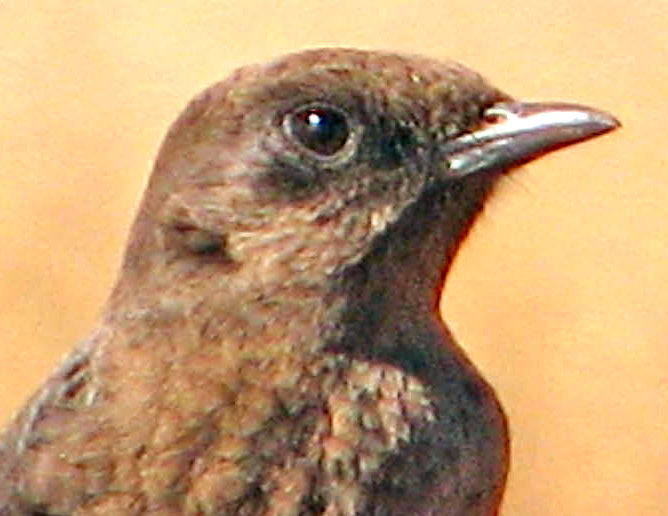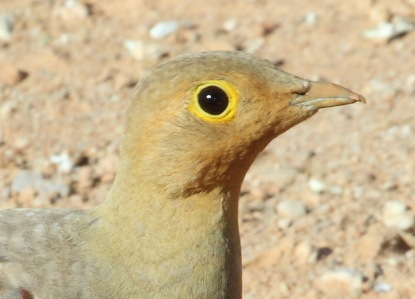Some bird species have what is technically called a supercilium. This is a stripe which starts close to the back end of the bill, runs just above the eye, and ends towards the back of the head. It can be thought of as an “eyebrow”. It is often white, or whitish; usually, the feathers of the supercilium are a paler colour than the feathers above and below it.
The supercilium is an important identification feature for many species of birds, so the term is often used. Examples are the Karoo Scrub Robin and the Capped Wheatear.
The supercilium is above the eye, whereas an “eyestripe” runs through the eye! Another stripe on the head of a few bird species is called the “malar stripe”; this runs downwards from the bottom of the beak towards the throat. There are photos of both these types of stripes below!
The Acacia Pied Barbet in the photo below has a strikingly prominent supercilium:

Below are examples of an eyestripe and a malar stripe.
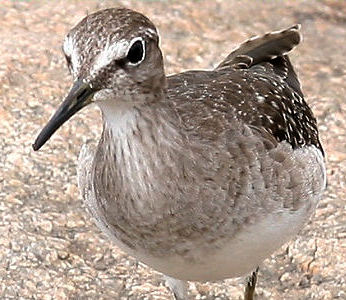

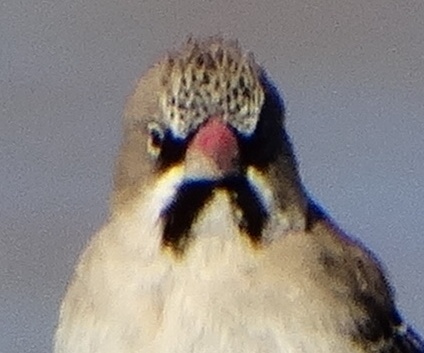
There is an impressive array of names invented for the different parts of the head of the bird; there is a useful diagram here. In addition, there’s an impressive variety of head patterns which do not have names, but which need to be described fully in words! Here are two of these.

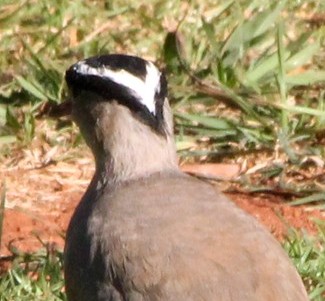
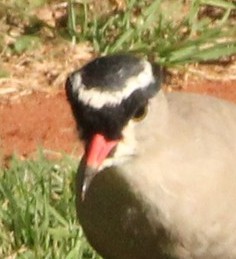
There are not a lot of bird species with plain-coloured heads:
